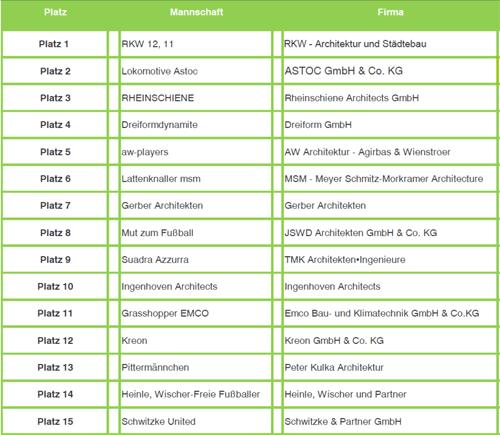Tate Modern in London

The huge Bankside Power Station, built in 1945 by Sir Giles Gilbert Scott, has been converted by Herzog & de Meuron to house the Tate Gallery’s collection of 20th-century art. Externally, the only visible change is the two-storey glazed strip added on the roof and extending over the entire length of the building. Illuminated at night, this glass structure houses the mechanical services and a panorama restaurant with breathtaking views over London. A new bridge designed by Norman Foster and the artist Anthony Caro will soon provide a direct link with the north bank of the Thames in the direction of St Paul’s.
The former turbine hall of the power station, a vast space 160 m long and 30 m high, now accommodates the ticket counter, a café and an art bookshop. This space is dissected only by an elevated central walkway, from which visitors can look down on the public concourse below. Light entering through the roof falls on the old rivetted steel structure. Two former gantries have been put to service again to raise heavy works of art to the adjacent galleries, which are distinguished by their cool, rear-lighted glass structures. The four galleries are reached via escalators in the former boiler house. The works of art within them are lighted in part naturally, via the roof and facade, and in part artificially. The proposed second stage of construction includes the provision of further exhibition space and the refurbishment of the striking tower, which will incorporate a viewing platform.

